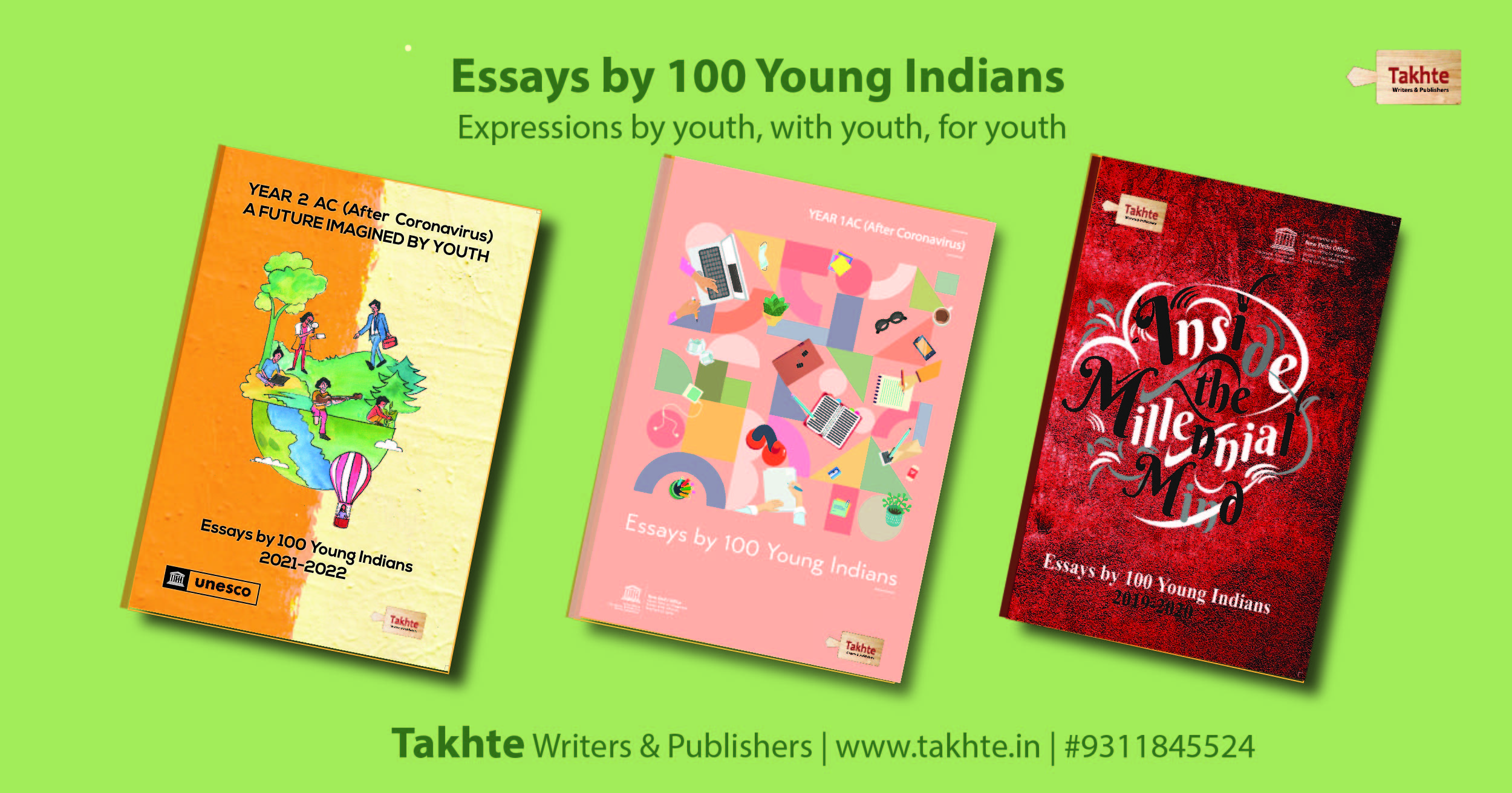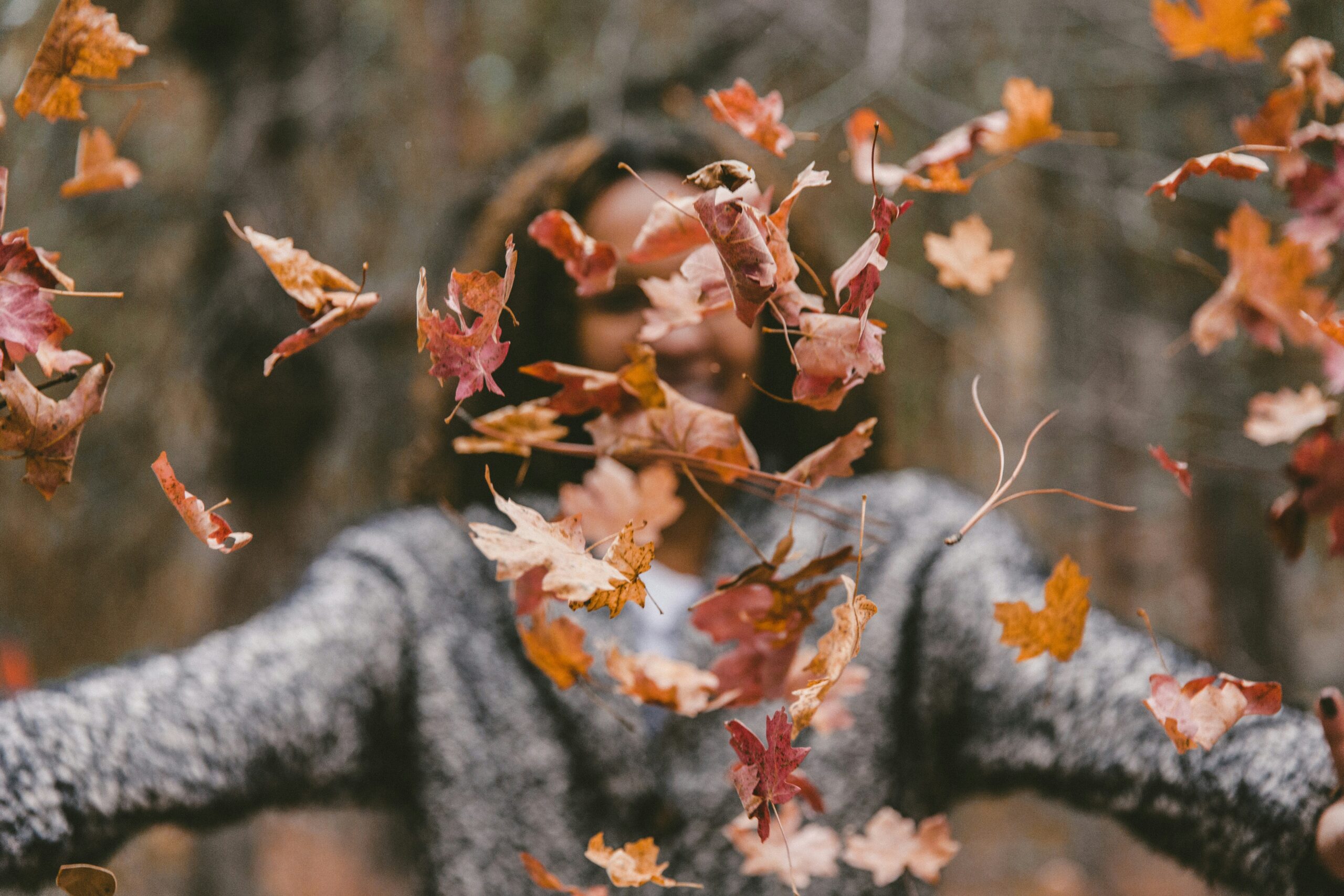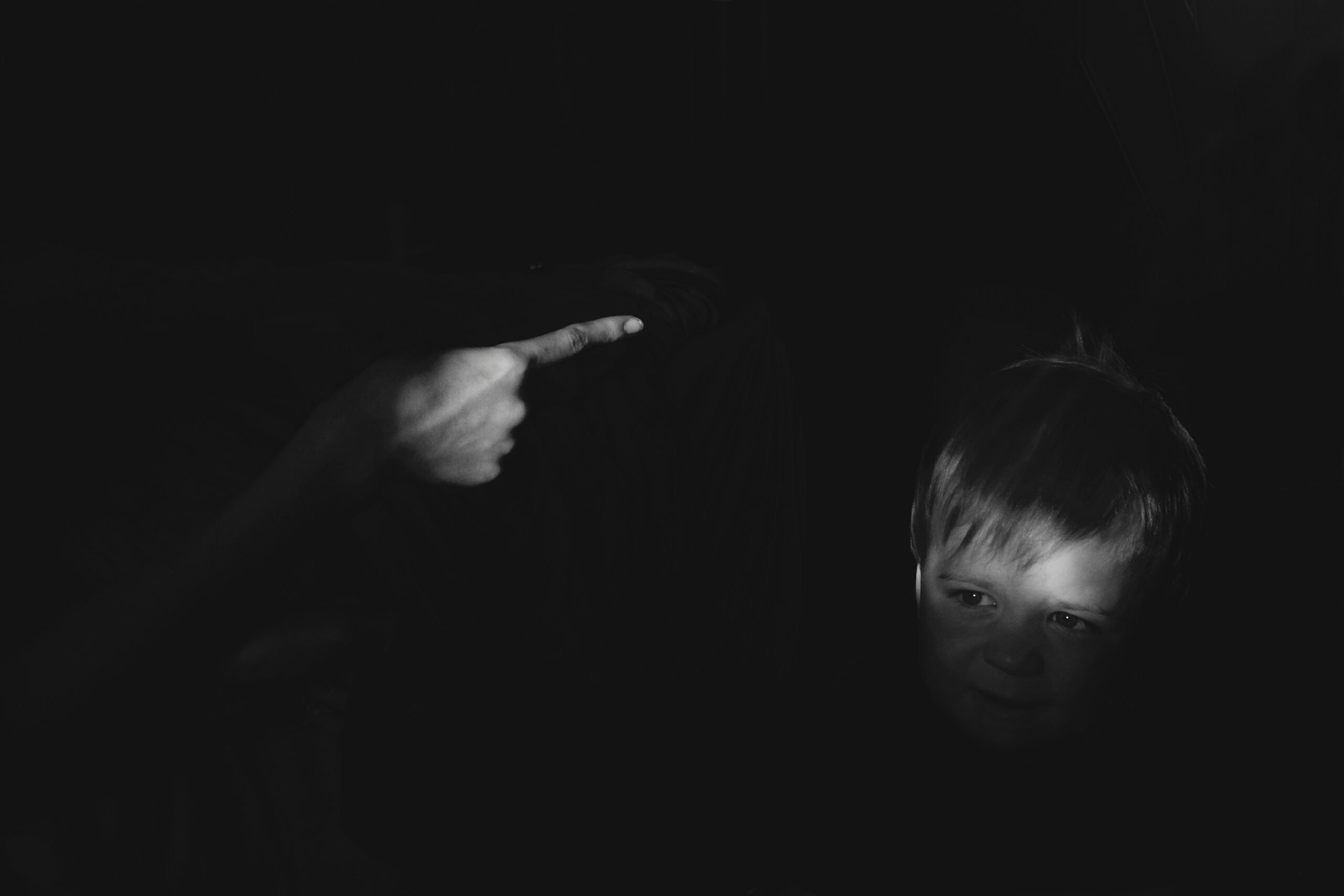Social Dimensions
Breaching the Gabba fortress: The acid test of unity
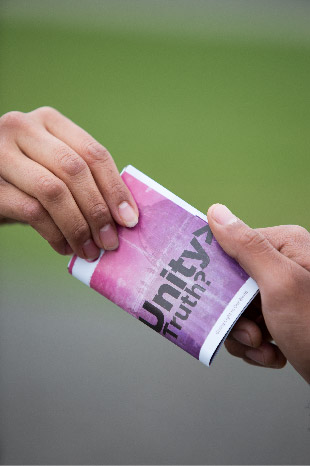
Apurav Anurag
National Institute of Fashion Technology, Patna
When spiders unite, they can tie down a lion. -Ethiopian Proverb
The historic victory of the Indian cricket team in Australia is the perfect example of the proverb above. No one would have thought that after being bowled out to their lowest score of 36 in their very first match, India would bounce back so strongly. No one had anticipated that the injury-laden Indian team would give such a strong response to Australian pacers’ lethal bowling attack in the absence of Virat Kohli and other key players. But the Indian cricket team not only silenced all the “mocking birds”, but also created history. They beat Australia in Gabba in the final match where they were unbeaten for the last 32 years and won the series 2-1! The golden secret behind their stellar performance was nothing but their “unity”. They played as a unit.
The victory has a great lesson for us. We are blessed to be born in the country which has tremendous diversity. Our unity in diversity not only makes us culturally rich but is also our greatest strength. Unfortunately, today most of us are divided into the caste and religion lines. Newspapers are full of articles about the atrocities carried in the name of caste and religion. This has resulted in the growth of extremism, regionalism, and a plethora of other social problems. As a result, it is hindering our progress as well as ruining our rich cultural legacies.
The sepoy mutiny of 1857 had shaken the foundation of the British rule. This was mainly possible due to the great unity of Hindus and Muslim community. The British knew that their rule would not last long unless they followed the “divide and rule” policy. Our forefathers had realized our strength as a union. This is why India was described as “indestructible union of states” in our constitution, unlike the United States of America. In other words, India has a reliable centre as none of the states in India has the right to secede from it under any circumstances. Many political pundits had mocked India’s formation then and even termed it as a failed experiment of history! But we proved them wrong. There were initial demands for autonomy and formation of states on linguistic lines, but it never hampered our national unity and integrity.
There was a time when we relied on different nations for food grains, but today, we feed the world and provide lifesaving drugs. The “operation sanjeevani” during the pandemic is the testament of it. This would have never been possible without our unity.
Our society is fundamentally inclusive and peaceful. India has given shelter to persecuted minorities throughout history. For instance, when the Jews faced the holocaust, many took refuge in India and were absorbed. Similarly, the extremist ideology does not last long in India and usually have a smaller social base. The radical left ideology in the form of Naxalism has largely waned out today. Also, the terrorist activity in Kashmir has begun to decline. It’s high time for us to cherish our diversity. The Gabba fortress’s breach should not be solely remembered as a record-breaking event but also as an acid test of unity.
Social Dimensions
#NoMore50

“An animal’s eyes have the power to speak a great language.” – Martin Buber
Yes, they do. But, how many of us listen? It is easy for some of us to harm animals, thinking they lack the intelligence to understand or feel pain. To make it worse, many of us ignore animal suffering entirely because we are unsure how to help. So, unfortunately, knowingly or unknowingly, we end up empowering the abusers.
While there are penalties and punishments for animal cruelty, they are challenging to invoke and even for the most heinous form of animal abuse, the penalty is a measly INR 50. However, there are other consequences for abusers, such as a permanent criminal record and a history of their crime that follows them everywhere in Digital India, the fact that most offences amounting to cruelty under the Prevention of Cruelty Act 1960 are not cognizable (other than animal fights, shooting animals & injecting harmful chemicals), which prevents the law enforcement agencies from taking immediate action. Additionally, even after conviction, the offenders are let off by paying a penalty of Rs 50, the penalty prescribed under the Prevention of Cruelty to Animals Act, 1960. The penalties under this Act, which start from Rs 10 to Rs 50 for a first-time offender and Rs 100 for a repeat offender, have not been revised in the past 60 years and have long since become ineffective in deterring animal cruelty.
In a bid to change this and to strengthen the #NoMore50 campaign, Astitva Animal Rights Enforcement and Voice of Views (VOV), the online publishing platform of Takhte Writers & Publishers, commences #NoMore50 Photo Story campaign for raising voice for having stronger laws that do not allow perpetrators of crimes against animals to get away with a fine of merely Rs 50.
Kindness, compassion, and empathy are essential values and can help young people fight for animals. We need to help them in finding their voices so that animal abuse is made a cognizable offence punishable with stringent laws, and to do just that, through our campaign, we aim to sensitize young minds towards what animals go through and provide them with a platform to step up and raise their voice for those who cannot speak for themselves.
We invite you to share a photo story about coexistence with animals as part of the campaign.
Contest on: 24 December 2021 – 23 January 2022
Open to: Young Minds aged 11-24 across India
Terms & Conditions: Photo should be original/ unpublished and self-clicked (high res); supported with an intriguing story of 30-40 words. Please note the organisers’ reserve the right to use photo-story in their future works.
Attractions:
- Three winners will receive books worth Rs2500/- from Takhte Writers & Publishers on the decision of the jury
- 20 best stories will receive an Appreciation E-Certificate
- Winning photo stories will be published on VOV and promoted on social media handles of the organisers
Email entries to – nomore50contest@gmail.com
Social Dimensions
Stronger Together and a New World of Us: Solidarity
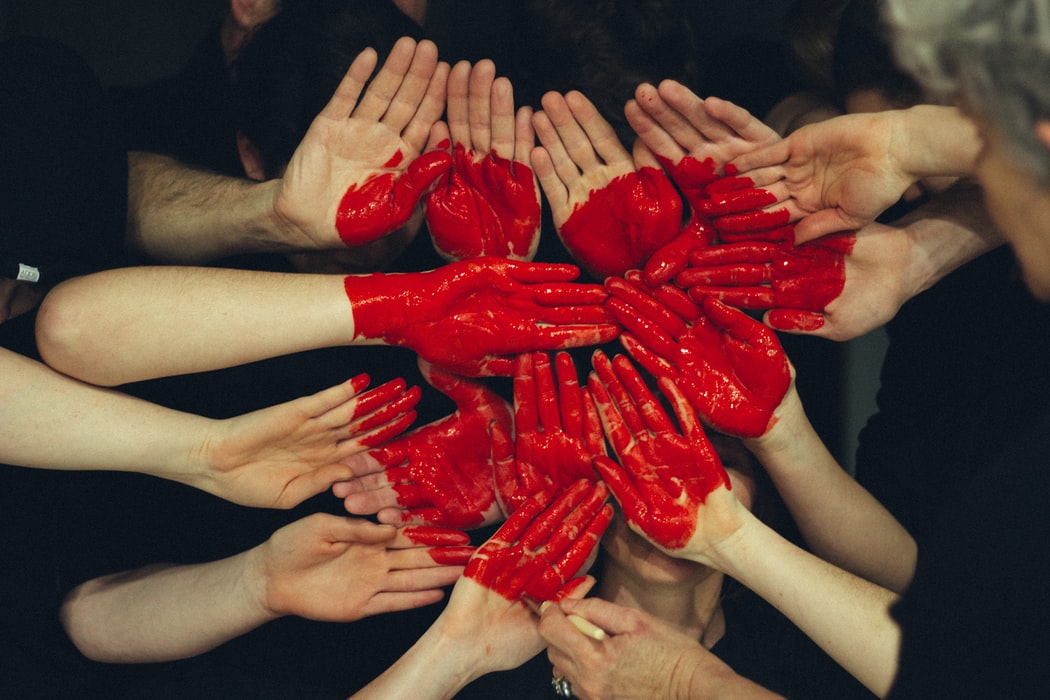
Raabia Ali Abidi
Amity International School, Saket, New Delhi
“The first step in the evolution of ethics is a sense of solidarity with other human beings.”
Solidarity refers to the tie that binds human beings to each other. Solidarity is not only a phrase but a feeling from the heart and realisation. I feel that it is the need for survival and existence. The purpose of solidarity is to build our movement and to embody our mutual care and concern for justice. It is best depicted when we respect each other’s differing needs and lifestyle, understand and coordinate our responses in the same way.
Solidarity has always been a very widely discussed topic, but no one never really understood its real deep meaning. It helps mankind to become successful at a faster rate. It also brings integration and sense of humility on to societies as individuals will assist each other in different situations. Well, sooner or later we all understood the meaning of solidarity right now, during the coronavirus pandemic. As the world is getting impacted by the pandemic, everyone started to help each other. Distant friends and relatives reconnected, neighbours have begun to help each other, and the world has started to stand together in the fight against the pandemic. All of us have started to show solidarity and are standing together.
From the WHO to government leaders, the expression of being stronger has started to appear to be an excellent response to the crisis? As we begin to navigate this new terrain of life when everything is so uncertain, I am sure that we must all work together to win this battle as it is crystal clear that strength lies in accordance and indeed unity is our strength.
Sympathy and humble actions make us all a string of solidarity. When one cord strikes, all others come together and become stronger with unity, unanimity and cooperation.
International solidarity is not an act of charity; it is an act of unity between allies fighting different terrain towards the same objective. The foremost of these objects is to aid the development of humanity to the highest level possible. It is each of our basic needs, duty and the purpose for the art of right living by understanding the state of our soul with compassion, liberty and solidarity within to protect the dignity of our divine life and living as a means for keeping us united so that we become stronger together.
“Every human being has been called to solidarity in a world battling between life and death”. Unfortunately, many people worldwide are giving birth to racism and prejudice even in the wake of a pandemic. Racism and prejudice are not new; the only difference now is that it is getting documented. Even during a pandemic, we see many cases of racism, prejudice and discrimination against a particular caste or community. On the other hand, in a brighter perspective, we have also noticed that India has only become independent because of our ancestors who stood against discrimination, racism and prejudice in solidarity. They conveyed that we are stronger together and unity in diversity is the best possible way to fight such pandemics and problems. They even told us that “United we stand divided we fall” and we all should agree with this motto and implement it in our lives. I want to conclude with the thought- “We don’t need unity, in theory, we need solidarity in practice”.
Social Dimensions
Obsession and Discrimination
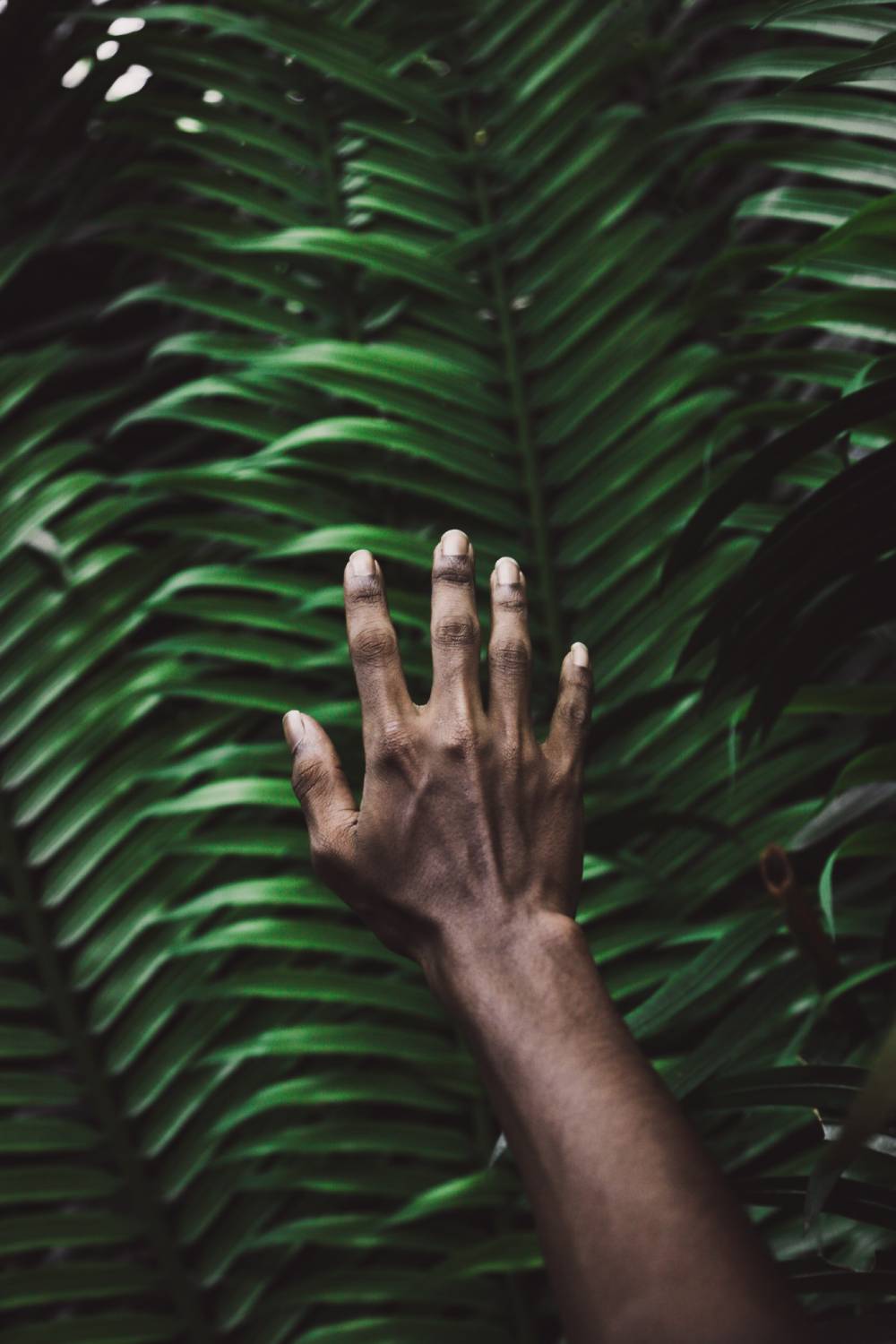
Anusha Mahanta
Delhi Public School, ONGC Nazira, Assam
We inhabit a society where fascination towards the fair-complexioned is widespread. It is believed that being fair is a blessing while having a dark complexion is a condemnation. A person regarded as fair-complexioned is considered a compliment and is perceived to be prosperous, literate, and hygienic, whereas inferring the relatively darker being as illiterate, destitute, and unclean. The beauty standards have always praised a light-complexioned person and even proclaimed them the symbol of glamour. We are compelled to believe that being fair is a correspondent of being charming. Based on the suppositions mentioned above, this primarily gives rise to “colourism” or, in simple words, discrimination against the dark-skinned and obsession towards the fairer.
But how did fair superiority become prevalent in India? Is this going on for centuries?
The past has recorded several occurrences that obligated the Indians to think that fair skin symbolized supremacy.
Around 1500 BCE, during the Vedic age, when the Aryans migrated to India, they discovered themselves to be comparatively taller, fairer, and more civilized than the Dravidians, which afterward sequenced the dominance of the Aryans over the Dravidians. Besides, India was also being overshadowed by the Persians, Dutch, and the British, which had relatively fairer complexions. We can also presume that the caste system was one such reason for the fair-skinned authority’s dominance. Since it was, and still be perceived, an individual belonging to the Upper caste is generally fair and wealthy. In contrast, a lower caste person is dark-skinned and deprived, which helps distinguish between the touchable and untouchable in the past. These are some of the events which impelled the Indians to praise the fair complexion and equate it to superiority.
Consequently, in contemporary India, Hindu Gods and Goddesses are portrayed in a light skin tone. Simultaneously, the evils and demons are shown as dark-skinned to exemplify “virtuous or preeminent” and “vicious or trivial,” respectively. However, centuries ago, the Dravidians depicted the deities as dark-complexioned.
As soon as the TV industry started to dwell on human lives, it intensified the idea of beauty. While the film industry became popular, it somehow contributed hatred towards the darker shades. People, especially the youngsters, desired to have fair skin to imitate the movie stars they admired, which justifies that the lead casts were eventually fair. Though some stars nearly had a dark complexion, they ultimately went through innumerable skin whitening processes to acquire acceptance in the film industry.
In the aftermath, people began to evolve insecurities towards their skin colour, taking advantage of which fairness creams promptly dominated the cosmetic industry. Making us convinced by racial statements like “fairness gives you a success” and “Being fair is lovely,” these creams have earned over Rs 3000 crores. Despite knowing that it can cause severe diseases like skin cancer, people still prefer a fairness cream which proclaims to bleach their skin and make it light.
In India, a dark-skinned person is accustomed to advice such as drinking milk, avoiding tea, and applying homemade fairness masks. Students taunt the one with a dusky appearance by addressing them with offending names such as kaala kauwa(crow), Koyla(coal), Blackberry, Gulab Jamun, and sometimes even an African, which inadvertently gives rise to racism. Even if someone loves their dusky complexion, society leaves no stone unturned to make them hate themselves. It is often being told that no boy will marry you if you are a dark-skinned girl, although the stereotype became a reality for quite a few. In most arranged marriages, the boy seeks a fair girl and vice versa. Even in matrimonial sites, a fair-skinned bride’s preference is always highlighted, which justly determines that discrimination regarding the dark and preference of fair skin still exists.
These are only a handful of instances a dark-skinned person has to go through; in reality, it’s much more. The world is advancing; hence we should progress too. India is a diverse country with people accessing different shades comprising their uniqueness; we must not treat our people as aliens just because of their complexion. From the earliest age, children should be taught to adore and respect every complexion, since they will be India’s future youth and thus would conquer the capability to change our society and its stereotypical assumptions. Adults should resist themselves from judging people by their skin color and pass hateful statements. The fairness creams and advertisements highlighting dark complexion as insecurity or liability and the films and songs comprising racial attitudes should be reported and banned. In a nutshell, shades are distinctive; hence giving preference to only a specific group of people is null and void. Myriads of people have spoken up on this matter. Still, it will only be worthwhile when the nation will unite and break the walls of prejudice jointly and contribute to acquiring triumph over the so-called “Obsession and Discrimination.”
-

 Uncategorized3 years ago
Uncategorized3 years agoOnline Elocution Contest
-
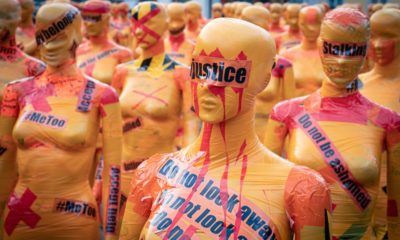
 Legal Talks4 years ago
Legal Talks4 years agoCUSTODIAL RAPE IN LIGHT OF THE MATHURA GANG RAPE CASE
-
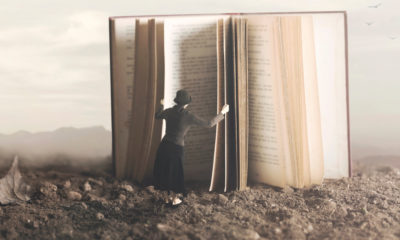
 Poems4 years ago
Poems4 years agoPoems
-
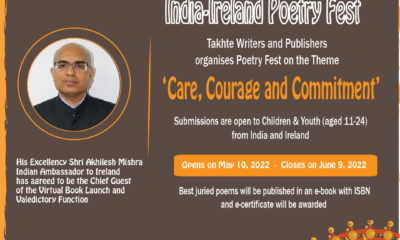
 Poems3 years ago
Poems3 years agoIndia-Ireland Poetry Fest
-
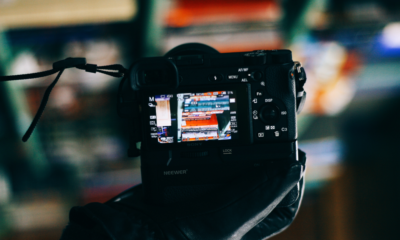
 Legal Talks4 years ago
Legal Talks4 years agoCompliances Relating to the Commercialization of Electronic Devices
-
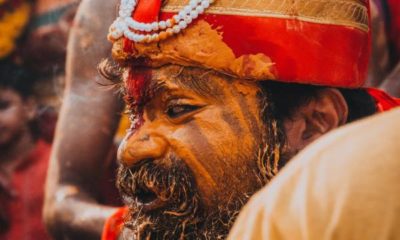
 Art & Culture4 years ago
Art & Culture4 years agoThe Lore of the Days of Yore: Significance of History
-

 Legal Talks4 years ago
Legal Talks4 years agoPrivacy Laws & Consent while using Image of Random People Clicked on Street for Facial Recognition
-
Short-story4 years ago
Bibek’s visit at his friend’s bungalow


